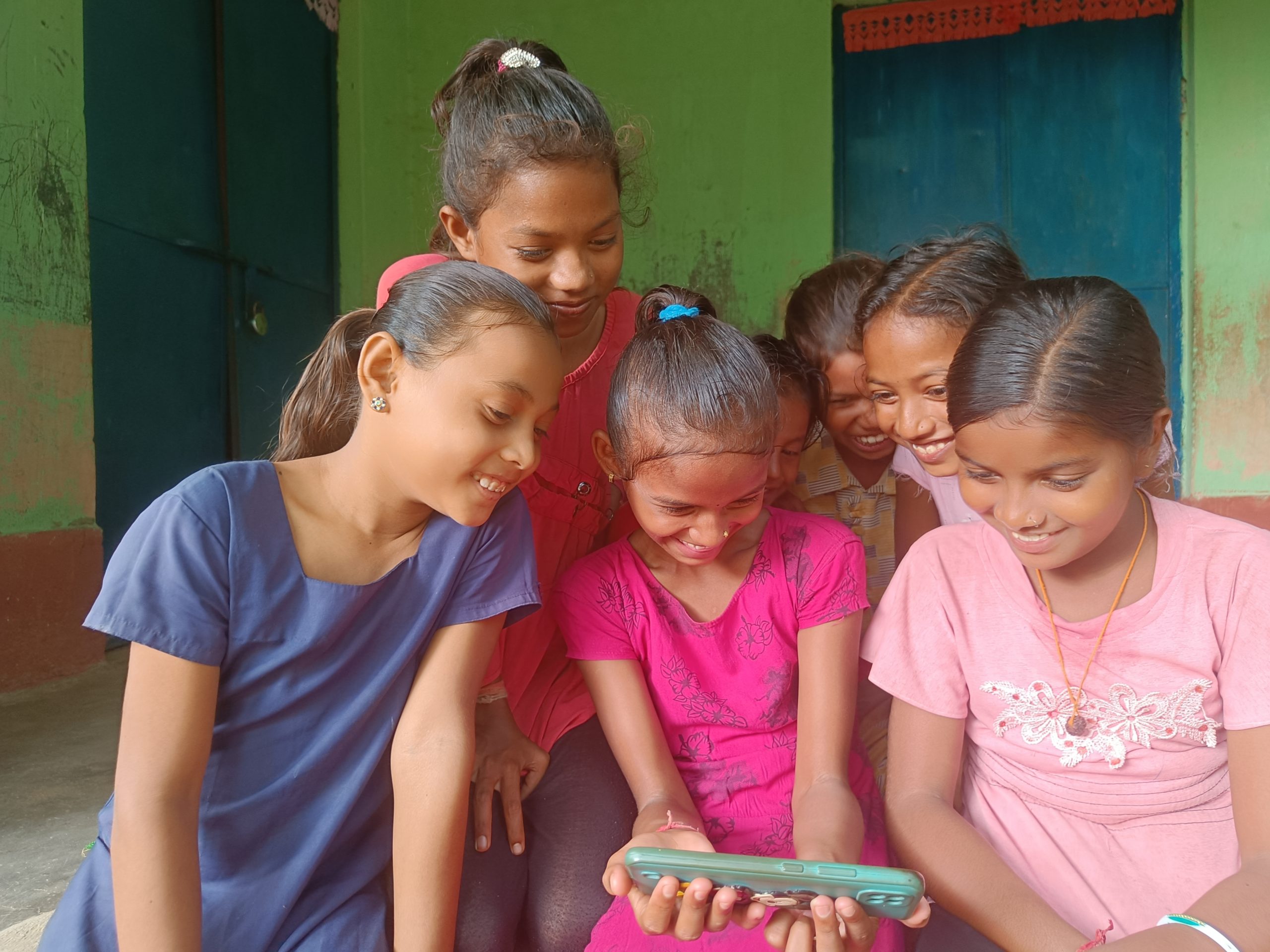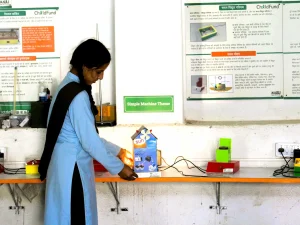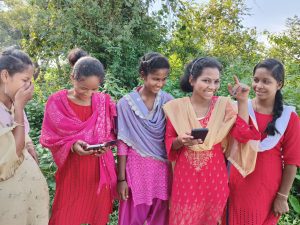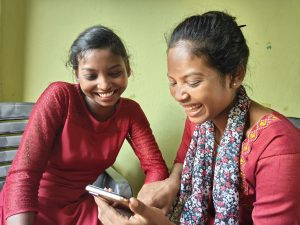A Safe Internet Starts with a Single Click—and One Caring Adult
Children today are growing up with screens in their hands. From online classrooms and YouTube to games and group chats, the internet is a daily part of their lives. But with this access comes real risk,especially when children explore the web without proper guidance or digital literacy.
That’s where #WebSafeAndWise comes in. More than just a hashtag, it’s an initiative launched by ChildFund India to raise awareness on online risks faced by children and enable children and communities to navigate the digital world safely and confidently. .
What Does It Mean to Be #WebSafeAndWise?
To be #WebSafeAndWise means being equipped with the tools, habits, and knowledge needed to:
- Use the internet responsibly
- Spot and avoid online threats
- Protect personal information
- Treat others with empathy and respect in digital spaces
- Report harmful or unsafe content
this initiative not only raises awareness but helps children become good digital citizens, acting online as they would in real life,with caution, kindness, and awareness.
Why Digital Awareness Matters: Real Stories from the Field
In India, millions of children go online daily. But not all are prepared for the dangers they may encounter. ChildFund India works directly with communities to change that, through education and intervention.
1. Saloni’s Story: Learning to Grow, Safely
In her village in Uttar Pradesh, 13-year-old Saloni started using a smartphone for online learning. But she didn’t know the risks of clicking suspicious links or chatting with strangers online. Through ChildFund’s sessions, she learned not just how to grow a nutrition garden—but also how to navigate the web wisely.
2. Harini: Scoring 100 in English—and Online Etiquette
Harini, a student from Andhra Pradesh, became a top performer in English after attending e-Saksham skill-building sessions. These sessions also taught her and others about safe browsing, using secure passwords, and avoiding cyberbullying.
3. Meera: From Child Labour to Digital Advocate
Once trapped in child labor, Meera’s life in Rajasthan changed through ChildFund’s intervention. Now, she not only studies but educates other children in her community on internet safety and rights.
Top Online Threats Facing Children—and How #WebSafeAndWise Helps
Cyberbullying
Digital bullying can cause deep emotional harm. Children like those in the CWBC Child Rights program in Odisha are taught to block, report, and speak up when facing online abuse.
Online Grooming
Predators may pretend to be friends. Through workshops and community sessions, children learn to spot red flags and seek help before harm is done.
Inappropriate Content
Whether it’s violent games or explicit videos, children often stumble upon disturbing content. #WebSafeAndWise programs train them to recognize unsafe content and avoid it.
Loss of Privacy
Children like Divya from Andhra Pradesh are taught the value of protecting personal data, like their school name or address.
Beyond Safety: Teaching Lifelong Values
This initiative doesn’t stop at safety. It’s also about building core life values through digital behavior:
- Responsibility: Think before sharing
- Empathy: Treat others with kindness online
- Courage: Report wrong behavior
- Awareness: Know who you’re talking to and what you’re clicking
These values prepare children not just to survive the digital world—but to thrive in it.
How Parents and Teachers Can Support the Movement
You don’t need to be tech-savvy to help your child become #WebSafeAndWise.
Start Conversations Early
Just like teaching road safety, start talking about online safety. Ask them what apps they use and who they talk to online.
Set Boundaries Together
Create screen time rules and review apps and games with your child.
Use Child-Safe Tools
Install parental controls and choose safe, educational platforms like e-Saksham.
Lead by Example
Children imitate adults. Practice what you preach,use respectful language online, avoid oversharing, and verify information.
Why This Matters for India’s Youth
India has over 500 million internet users, and children make up a large,and growing,part of this number. Many of them browse unsupervised, leaving them vulnerable.
Initiatives like #WebSafeAndWise are not just important; they’re essential. They provide practical, community-driven solutions to:
- Reduce digital harm
- Build safer online habits
- Reduce digital harm
- Empower youth through education and advocacy
ChildFund India: Leading the Way in Digital Literacy
From rural Rajasthan to tribal Odisha, ChildFund India is at the forefront of child protection. Through school-based programs, community outreach, and partnerships with local governments, ChildFund has trained thousands of children and caregivers in safe digital practices.
Conclusion: One Click Can Make a Difference
Being online is now part of childhood. But being safe online requires action, awareness, and support. With #WebSafeAndWise, we can help every child:
1.Feel confident
2.Stay protected
3.Make better choices
4. And grow into a responsible digital citizen
Join the movement. Talk to your child. And stay informed.
Because a safer internet begins with you.
Learn more at ChildFund India’s online safety page






